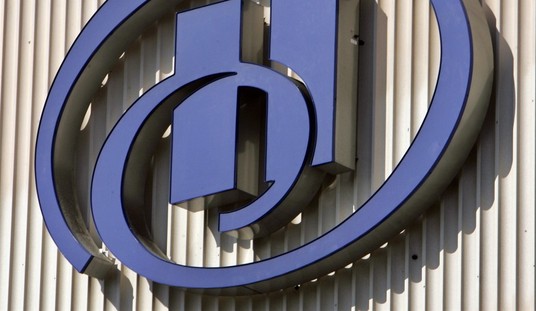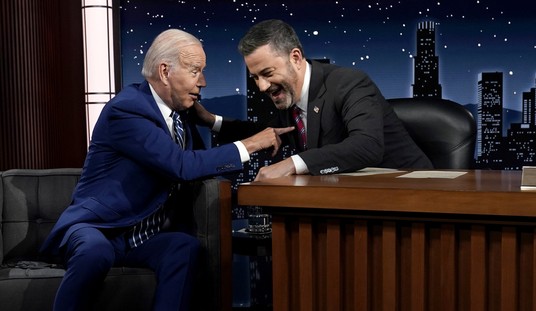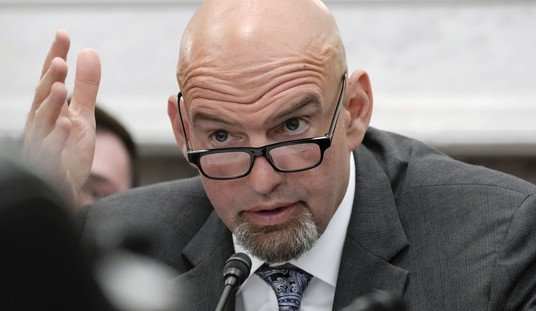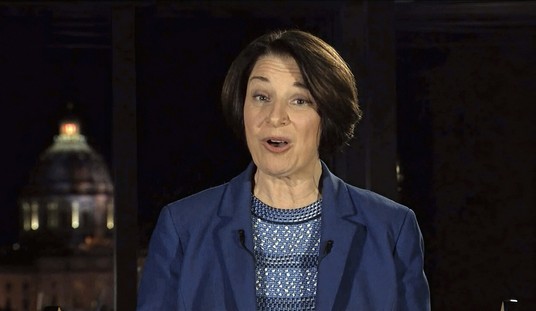So says The Hill, which reads the tea leaves and oddly discerns no sweeping Democratic mandate developing thus far in the election season. Democrats would need a near-historic set of coattails from Barack Obama in order to pull off the 25-seat net victory to regain control of the House, but Obama can’t even get to 50% approval for himself, let alone the rest of his party:
House Minority Leader Nancy Pelosi (D-Calif.) has given her party a better than 50-50 chance of wresting control of the lower chamber — but missed opportunities in specific races and increasing economic worries have put that prediction in doubt.
“The environment certainly isn’t as good as it was six months ago for Democrats,” a senior Democratic strategist who works on House races told The Hill, speaking on the condition of anonymity in order to comment candidly.
“Democrats are way off track of where they need to be to regain the majority,” said David Wasserman, the House race editor of the nonpartisan Cook Political Report.
The Hill projects that Democrats will gain between 10-15 seats, but it’s not clear why or where. One of their rationales is that Democrats have a slight edge in some polls on the generic Congressional ballot, but Republicans only need to be close to gain seats, historically speaking. Democrats need significant margins in those polls to switch seats — and they are still defending a few formerly-Republican seats they picked up in 2006 that will still be vulnerable in the second Tea Party election.
Rasmussen’s latest generic Congressional ballot shows Republicans with a significant lead among likely voters — and a consistent one:
Republicans lead Democrats by seven points on the Generic Congressional Ballot for the week ending Sunday, June 17.
A new Rasmussen Reports national telephone survey shows that 45% of Likely U.S. Voters would vote for the Republican in their district’s congressional race if the election were held today, while 38% would choose the Democrat instead. Republicans led by six points the week before, 45% to 39%, and seven points 44% to 37%, the week before that.
Republicans have consistently held a modest advantage over Democrats on the Generic Congressional Ballot since June 2009. During 2012, support for Democrats on the generic ballot has ranged from 36% to 41%. Republicans have stayed between 40% and 46% in that same time period.
The same 7-day tracking poll shows Mitt Romney up by four over Barack Obama, so the coattails issue applies more at the moment to the GOP than Democrats. The GOP leads among men by a wide margin, 51/33, while only trailing by four among women, 39/43, on the generic Congressional ballot. Independents have not yet made up their minds, but lean towards the GOP 37/29, with 25% undecided. Democrats get 50% of the youth vote but lose every other age demo.
Remember, too, that Rasmussen’s tracking poll at the end of October 2010 gave Republicans a ten-point lead on the generic Congressional ballot, 49/39. The next week, Republicans netted 63 seats in the House. Four months earlier, at about the same time in the cycle as now, the split was 44/36, almost identical to where it is today.
Plenty could change between now and the election, of course, in either direction. Right now, though, Democrats have to be wondering whether they might be more competitive if they’d replaced their failed leadership after the 2010 midterm debacle, and hadn’t made Nancy Pelosi the poster woman for a Democratic majority.
Update: Republicans netted 63 seats, not 68. Thanks to Damian G for the correction, which I’ve made above.







Join the conversation as a VIP Member